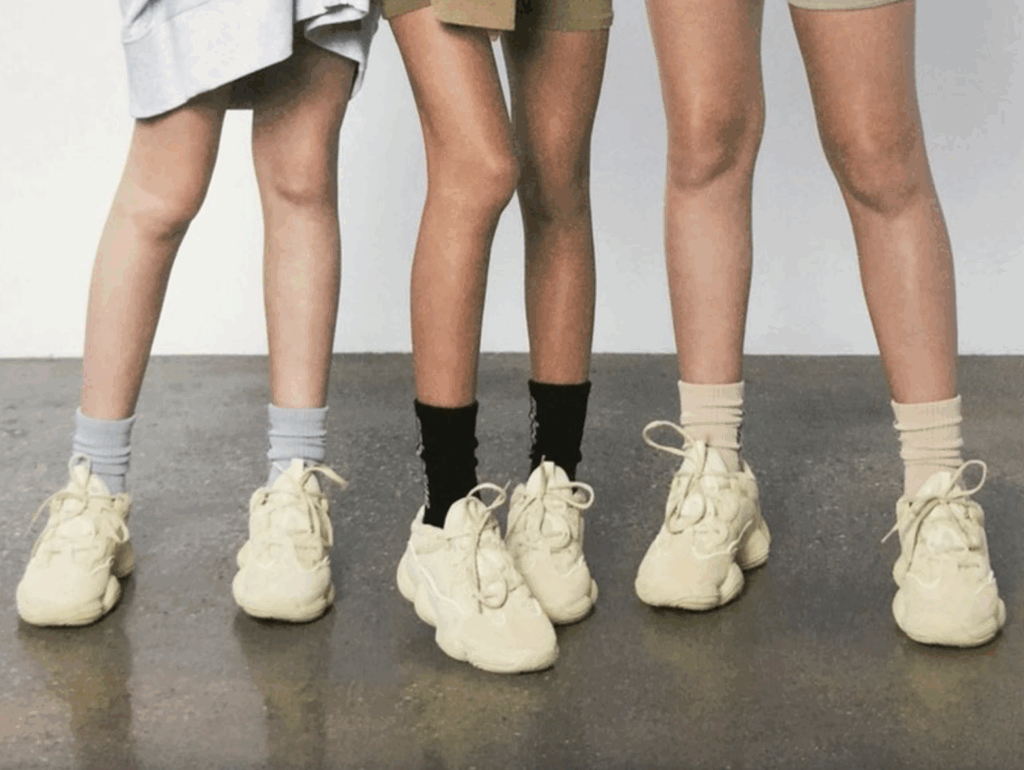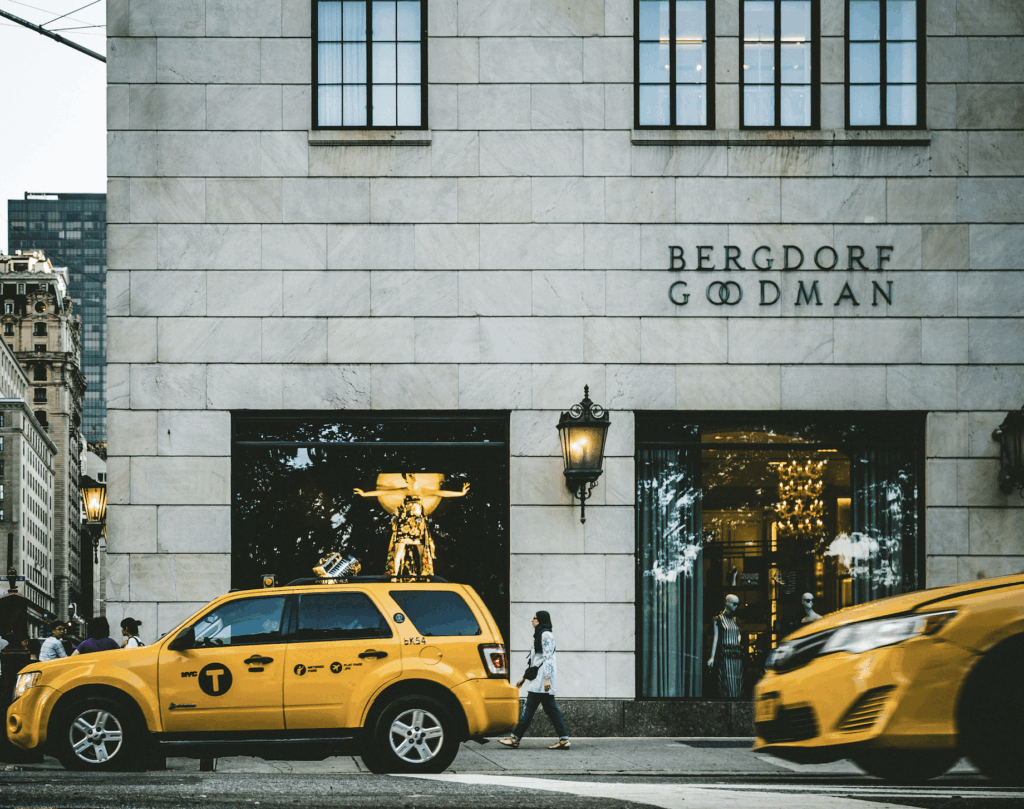When Jane Birkin’s original Hermès handbag sold for €8.58 million ($10 million) – fees included – to an unnamed buyer in Japan by way of a Sotheby’s auction on June 10, it was not just a moment of fashion history. It was a reflection of how one of the world’s most exclusive products has become the cornerstone of an entire business strategy. Over four decades since its creation, the Birkin continues to define the upper echelons of luxury, shape the global resale market, inspire obsessive demand, and spark debate around what true exclusivity means in the modern age.
The Birkin is, after all, more than just a handbag. It is a symbol of craftsmanship, a cultural status signifier, and increasingly, a case study with both economic and legal implications. Hermès has fought high-stakes trademark battles to protect its most coveted product, all while weathering scrutiny over whether its scarcity-driven sales model crosses into antitrust territory. (Hermès argues that it does not.) At the same time, Hermès has made the Birkin central to its broader business strategy: a traffic-driving, margin-rich powerhouse that helps move inventory across categories and fuels resale prices few other brands can rival.
Beneath the surface lies broader questions: how does a single product come to dominate not only fashion, but also conversations around brand power, business strategy, and legal scrutiny? And for how long can Hermès command the same mystique for its hardest-to-get handbag?
Building & Defending an Icon
The Birkin’s origin story is as legendary as the product itself. In 1981, British actress and style icon Jane Birkin found herself seated next to then-Hermès chairman Jean-Louis Dumas on a flight from Paris to London. Frustrated with the lack of structure in her handbag, she lamented to Dumas about the need for something more functional. Three years later, the Birkin was born.
The design was minimalist but unmistakably luxurious: a softly structured tote made of high-grade calfskin, virtually logo-less, and finished with a padlock clasp and interior pockets. It was the antithesis of flashy branding, and in that, it became iconic. The Birkin design, alone, is now enough to evoke the brand behind it.
While the company has made much of the Birkin bag’s creation, it has historically kept much of its business model and distribution practices under wraps, preferring discretion over disclosure. But a series of high-profile legal disputes have started to peel back the layers, offering rare insight into how the brand views and manages its most valuable product. In the MetaBirkins lawsuit, Hermès was compelled to publicly define the distinctiveness of the Birkin bag – from its trade dress-protected handbag design and name to its symbolic power as a global luxury icon. In furtherance of its case, the company described the Birkin – with its $10,000+ price tag – as “invaluable” and “universally recognized,” affirming the bag’s centrality not only to its product offering but also to its identity and reputation.
These disclosures have also illuminated the Birkin’s immense brand power beyond fashion. Hermès revealed that it has spent millions annually promoting the Birkin trademark through high-profile publications, despite the fact that much of the media attention surrounding the bag is unsolicited. Its cultural ubiquity has been amplified by celebrities, pop culture placements, and constant resale buzz. The bag’s status as an investment asset has also entered the legal record, with Hermès citing studies showing that Birkins have outperformed both gold and the S&P 500, appreciating more than 500 percent over three decades.
At the same time, a class action lawsuit in California – which accuses the company of exploiting the “market power” it derives from the “unique desirability, incredible demand, and low supply” of its Birkin to “artificially inflat[e] the true cost” of the bags and drive revenue by “unlawfully … tying the purchase of [its] Birkin bags to the purchase of other [Hermès products]” – has drawn attention to Hermès’ elusive sales strategy.
While the lawsuit centers on antitrust concerns, what it has really exposed is the brand’s behind-the-scenes playbook: an alleged invitation-only distribution model that rewards loyal high-spenders and creates the perception of exclusivity through intentional opacity.
More than merely a string of legal back-and-forth, these legal proceedings have made clear just how central the Birkin is to the brand’s operations – and how finely tuned the machinery is behind its mythos. Legal pressure may have prompted these disclosures, but the resulting insights tell a broader story about how modern luxury is manufactured, protected, and scaled.
The Business of Scarcity
What makes the Birkin so valuable? Hermès would almost certainly argue it is the craftsmanship: each bag requires over 17 hours of an artisan’s labor in France, using the finest leathers. But the illusion of scarcity may be the more accurate answer.
According to court filings, Hermès sells at least $100 million worth of Birkin bags annually and has generated over $1 billion in sales in the past decade. Independent analysts estimate annual production at around 70,000 bags, with over a million in circulation globally – yet, Hermès exudes a carefully crafted message of inaccessibility. As Hermès Americas CEO Robert Chavez once explained: “People want things that not a lot of people can get, and once something becomes very, very saturated, that luxury customer doesn’t really want that anymore.”
Hermès offers no clear roadmap for consumers hoping to purchase a Birkin. The process typically involves spending significantly on other Hermès categories – scarves, homewares, shoes – to build a lengthy purchase history. Former staffers have confirmed that while Birkins are often in stock, they are selectively offered based on this opaque system. The idea of a “waiting list,” long mythologized, is largely a fiction – one that sustains the perception of extreme scarcity.
With a well-oiled Birkin-centric model that has served Hermès so well for decades, it is worth wondering how long Hermès can maintain it? Analysts (this author, included) and longtime collectors, alike, have questioned whether the Birkin’s once-untouchable mystique can withstand the era of social media and the rising robustness of resale platforms. With so many Birkins now in circulation – and increasingly visible in digital culture – the very scarcity that Hermès has so meticulously cultivated risks becoming more performative than real. If Birkins seem to be everything (thanks, in part, to resale platforms, handbag rental services, etc.), do they still hold the same cultural and symbolic value?
There is also business risk in relying so heavily on one product. Hermès has built a multi-billion-dollar ecosystem around the Birkin, but the flip side of its dominance is vulnerability. Any erosion of the bag’s perceived exclusivity could ripple across categories, from ready-to-wear to homewares, and disrupt a strategy that depends on the Birkin to pull customers through the brand’s broader universe.
A Playbook for Icon-Making
The Birkin is a business case, a cultural symbol, and a legal landmark all in one. In defending it, Hermès has offered a masterclass in how to turn an object into an institution: combining scarcity and craftsmanship with secrecy, symbolism, and strategy.
The result? A handbag that sells for the price of a car, commands courtrooms, fuels fashion mythology, and anchors a multi-billion-dollar business. Whether celebrated or scrutinized, the Birkin shows no signs of loosening its grip on luxury. But the true test may lie in whether it can maintain that grip in a world that is increasingly skeptical of the very scarcity it sells.














